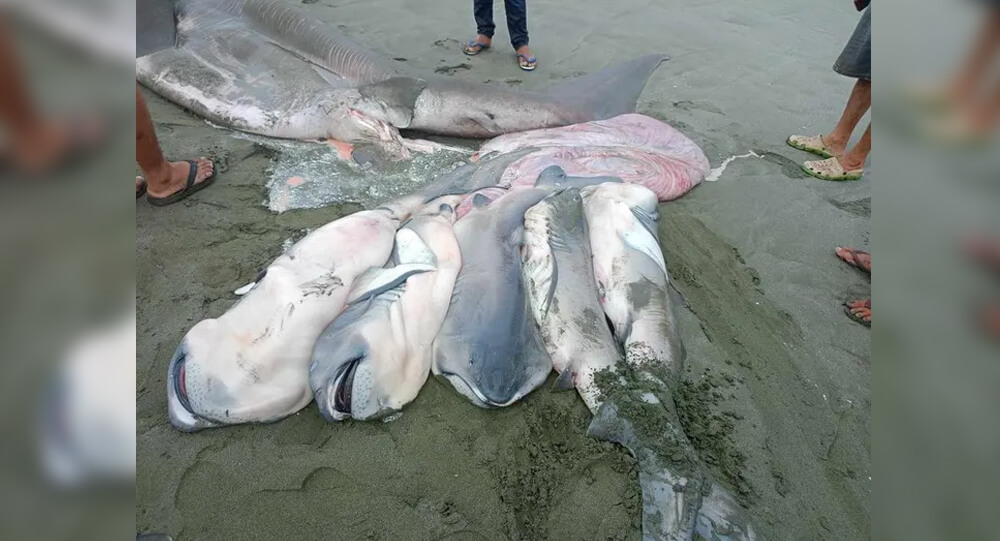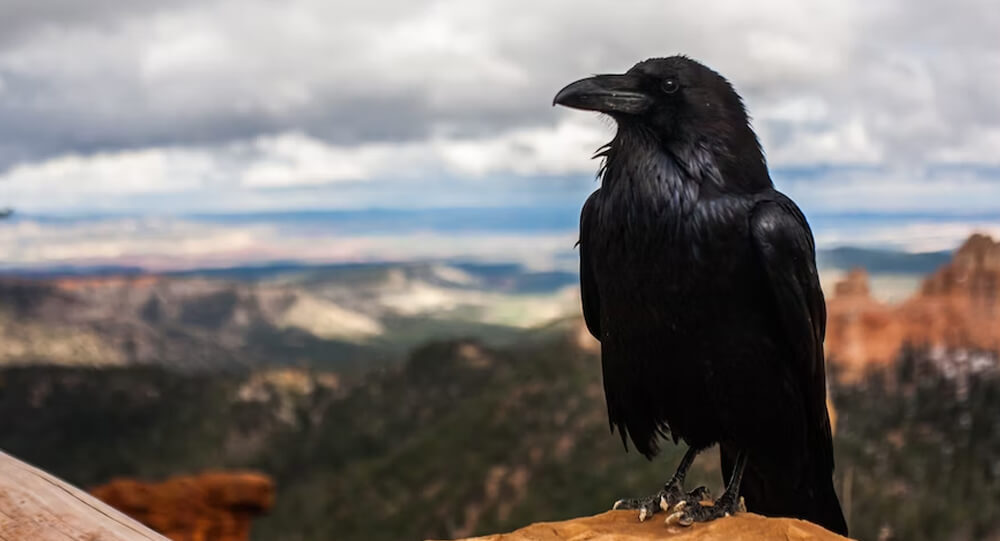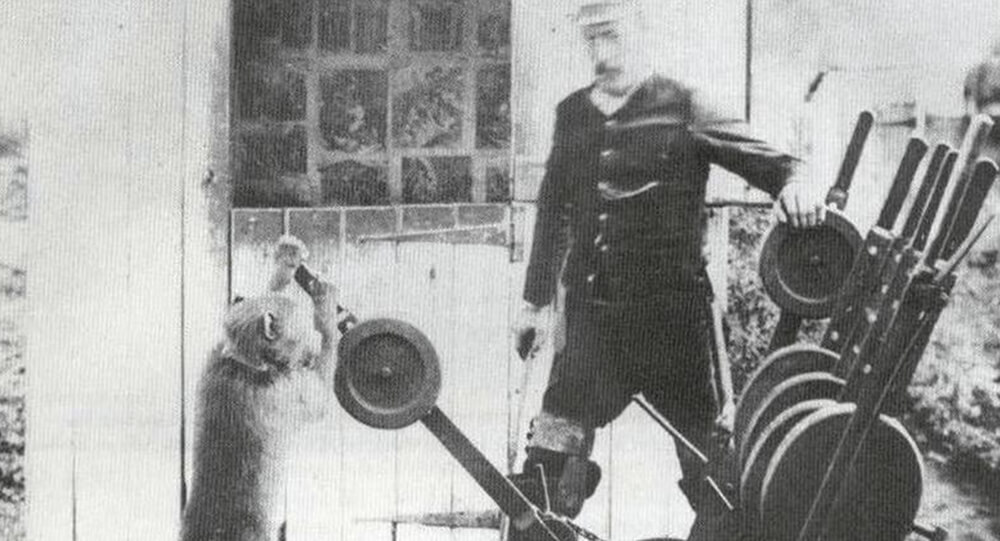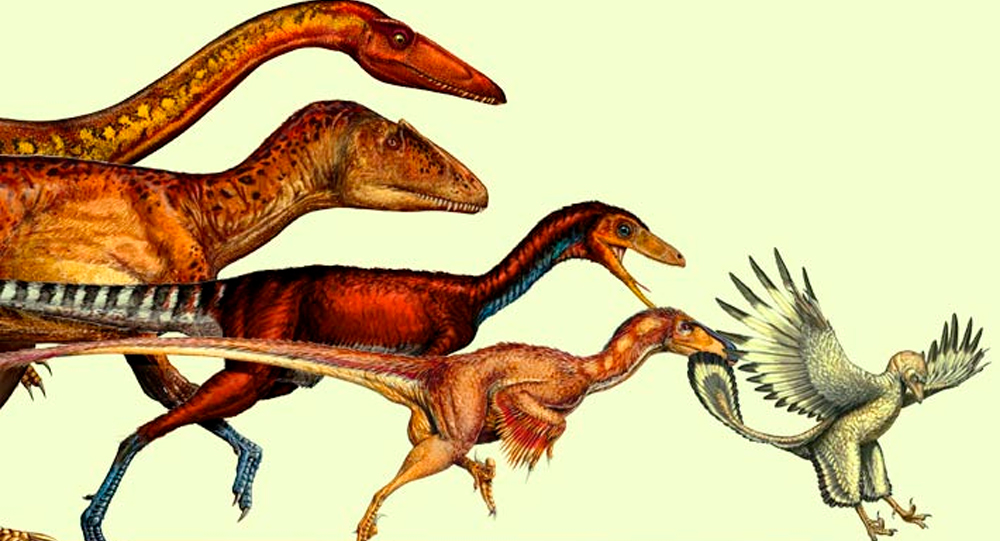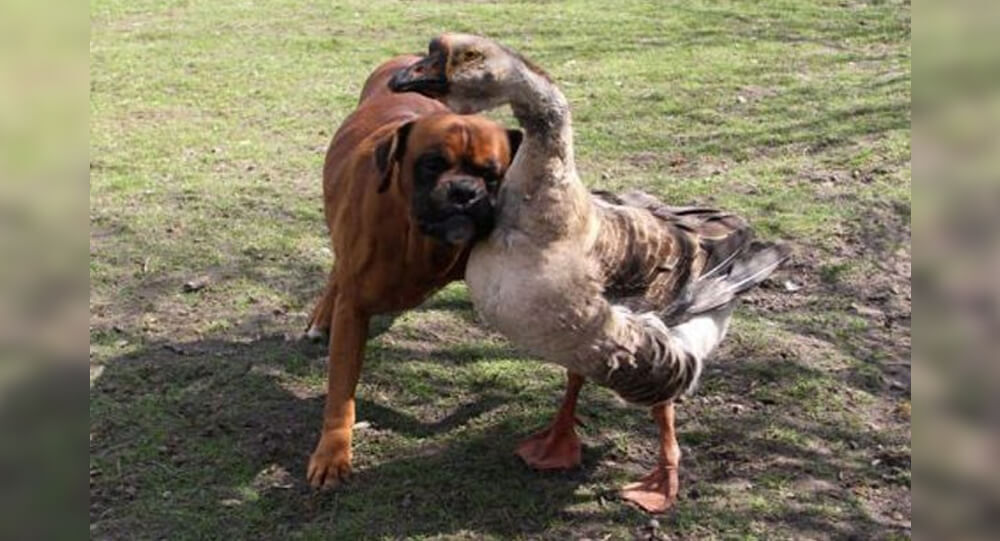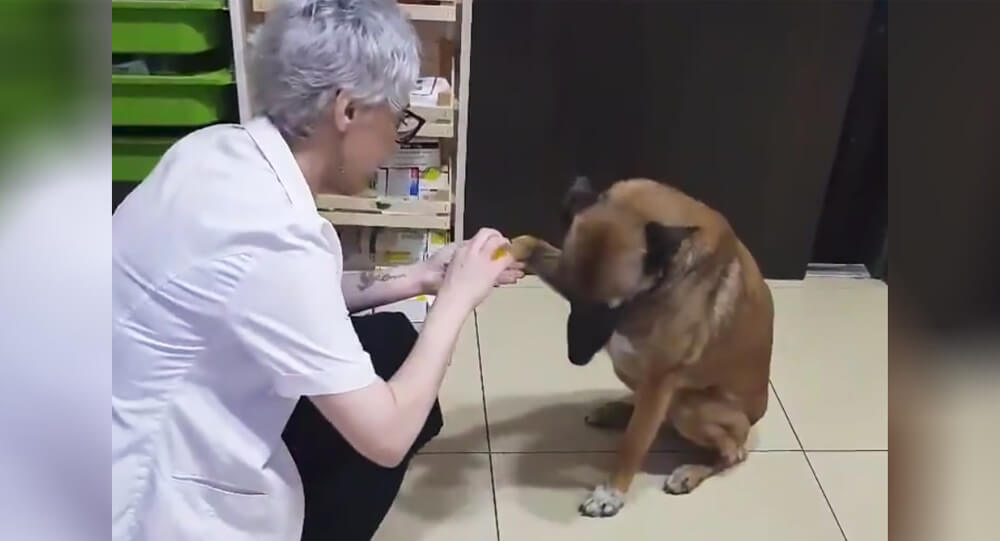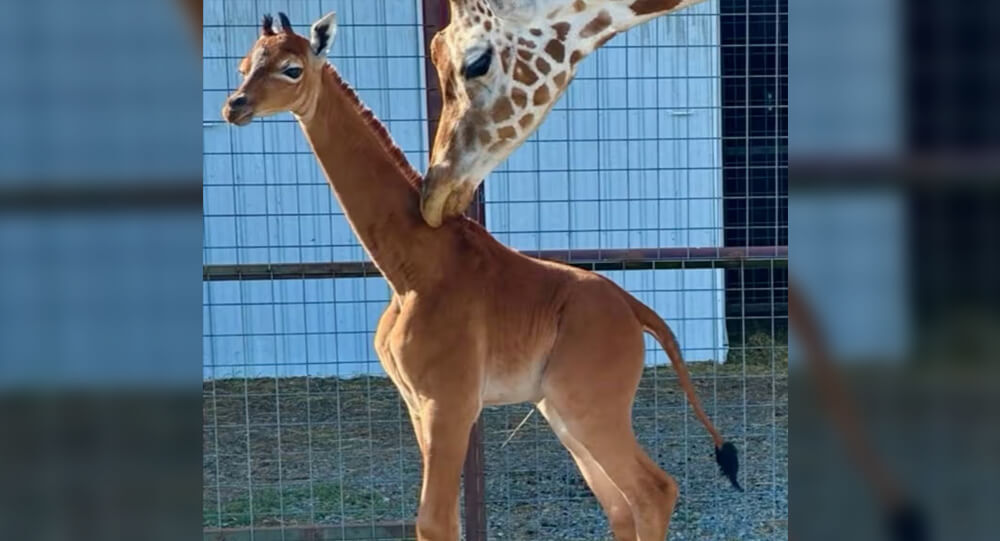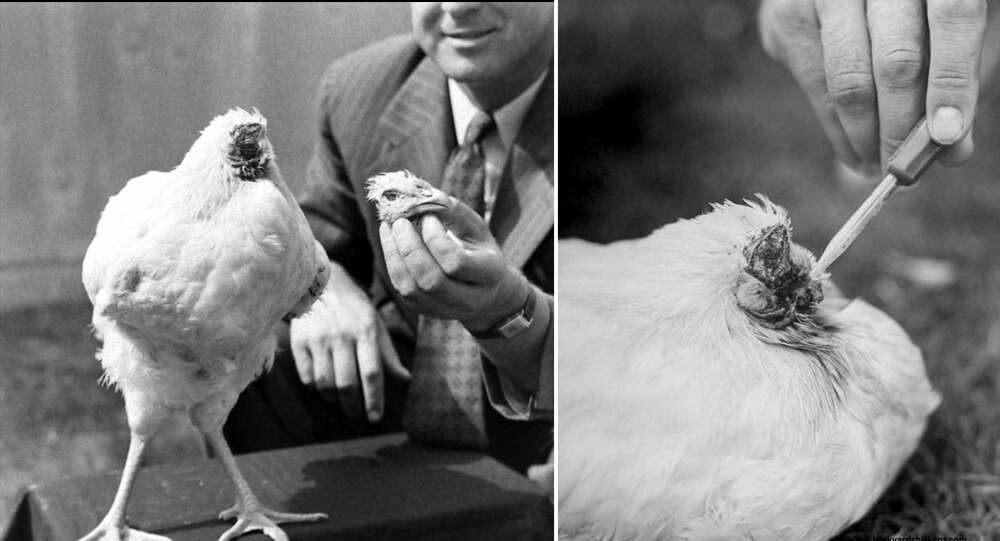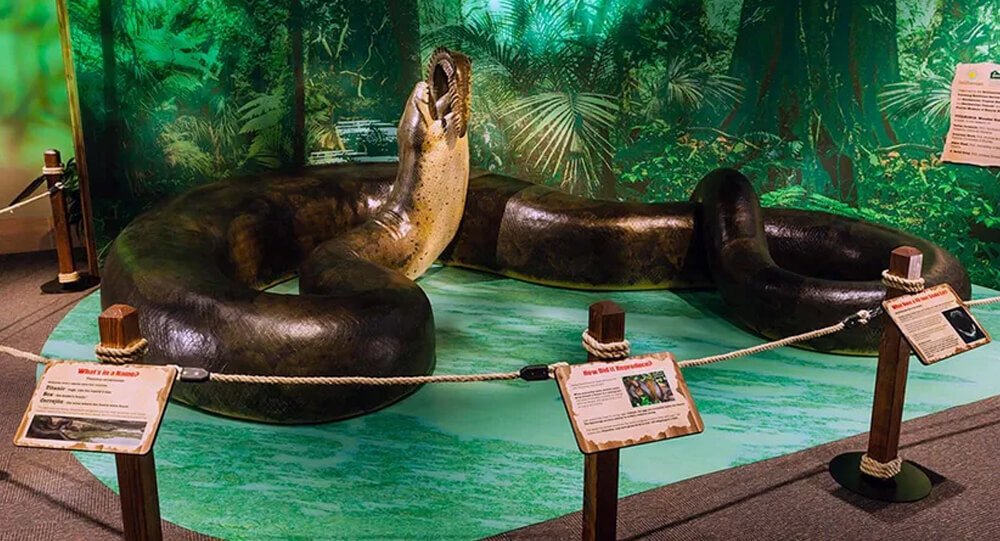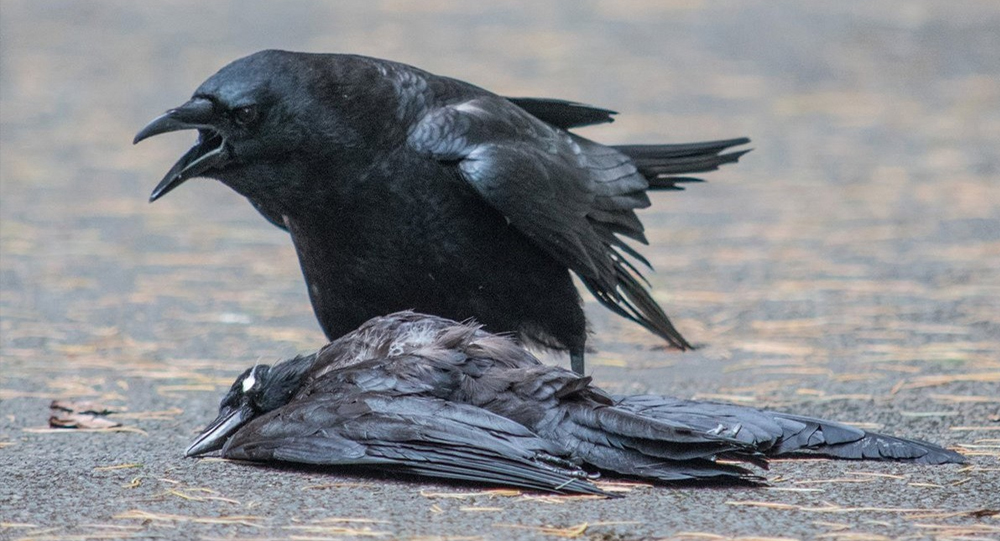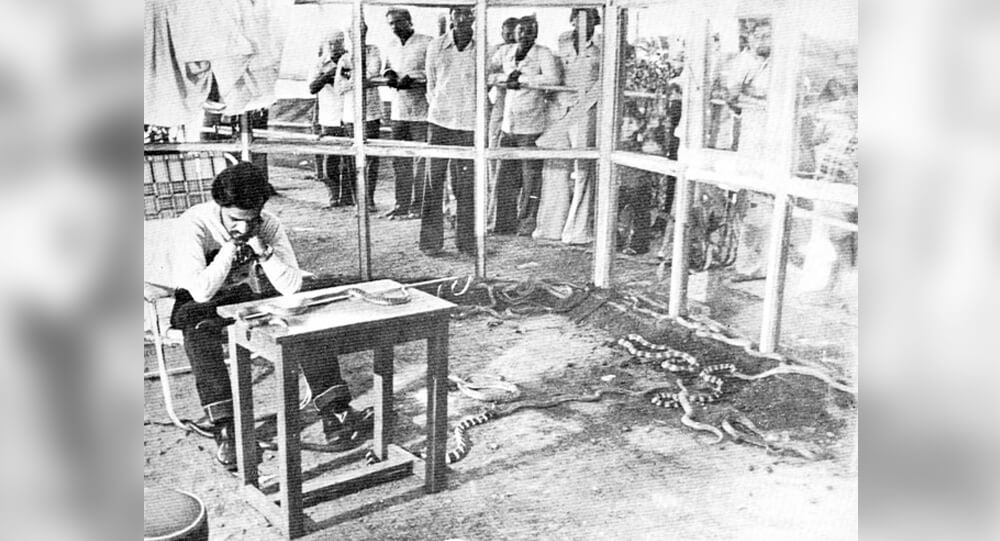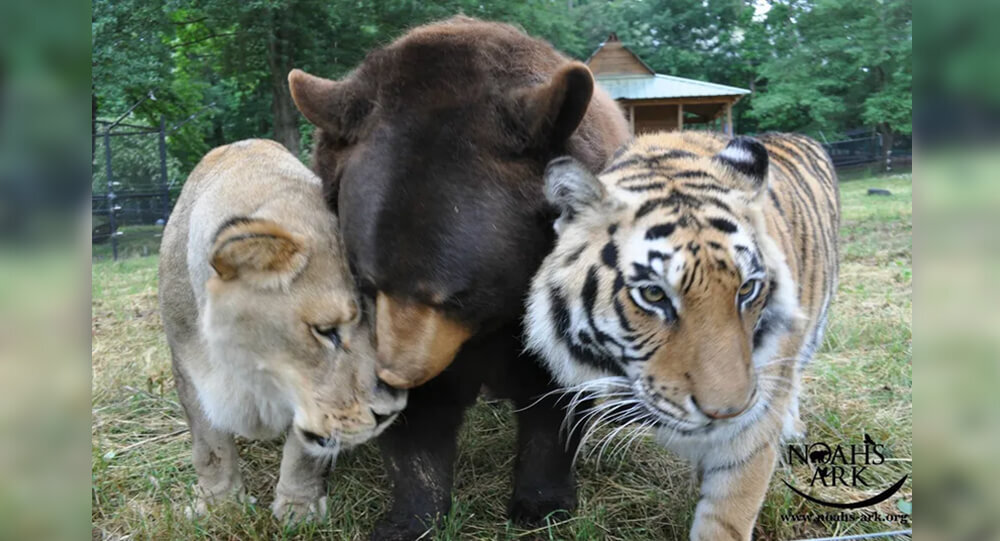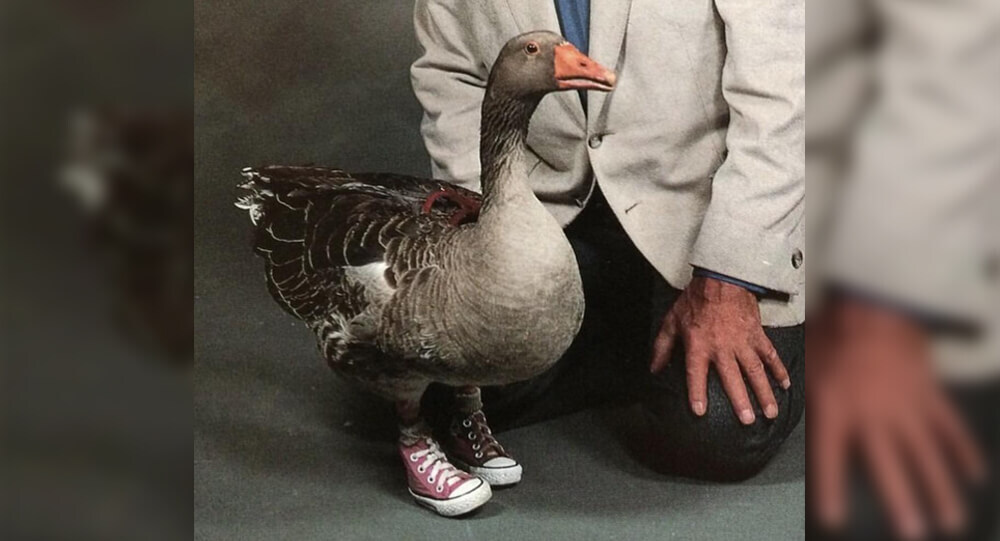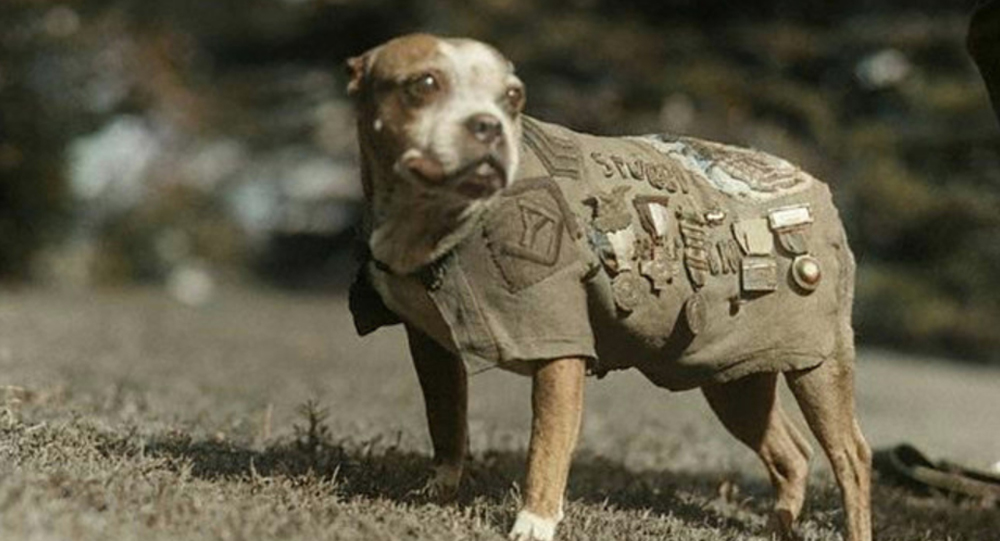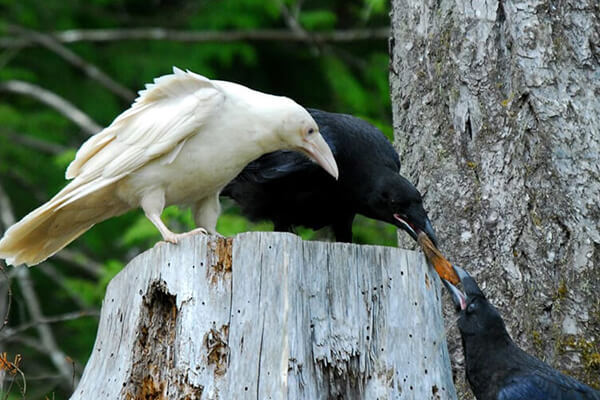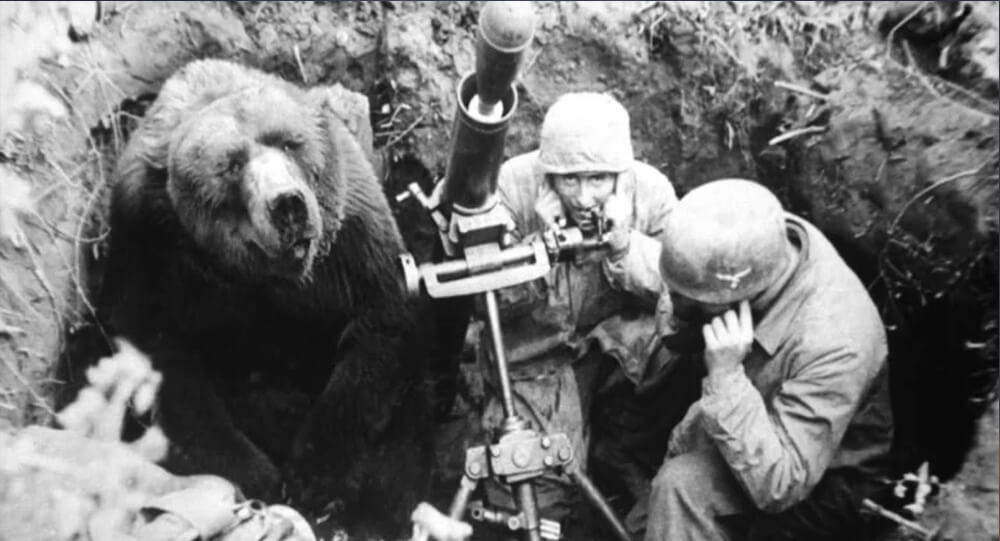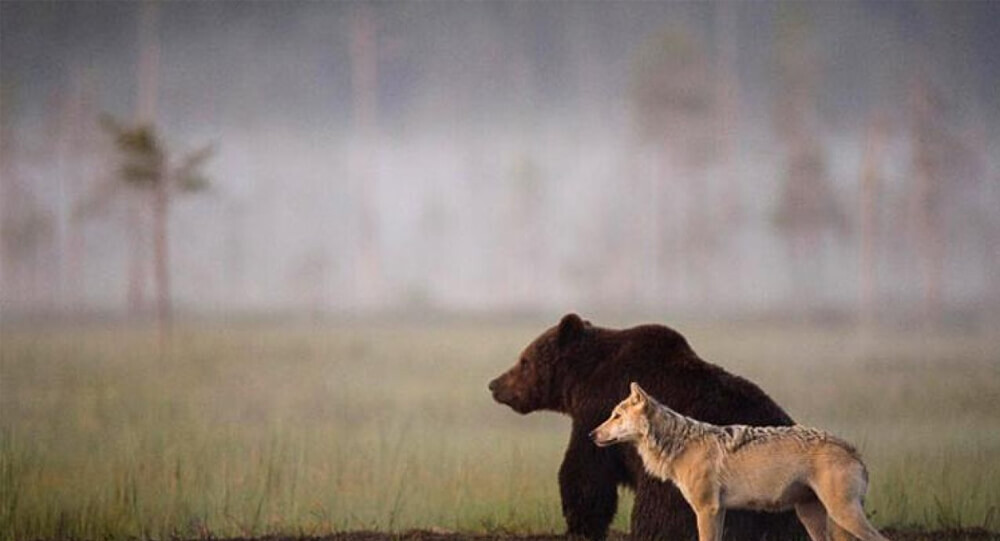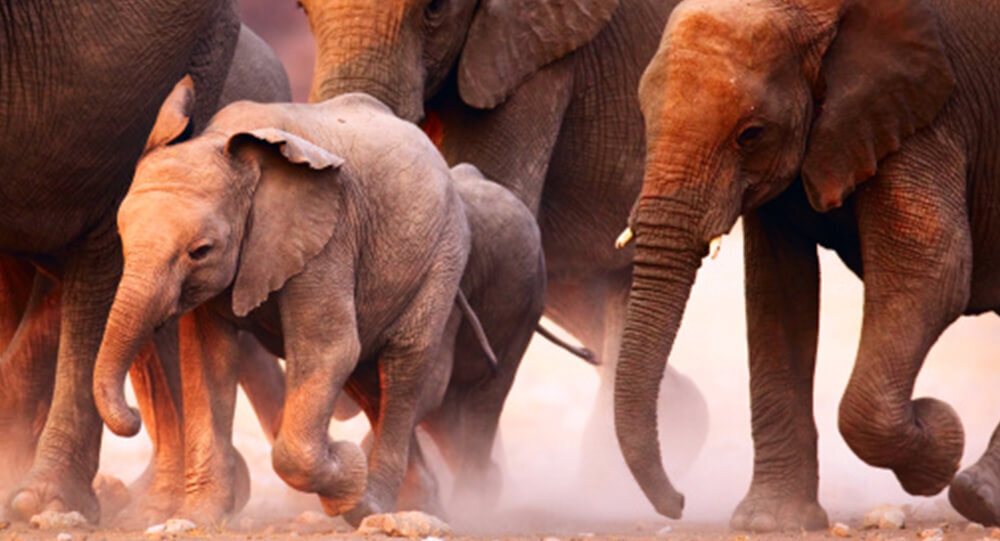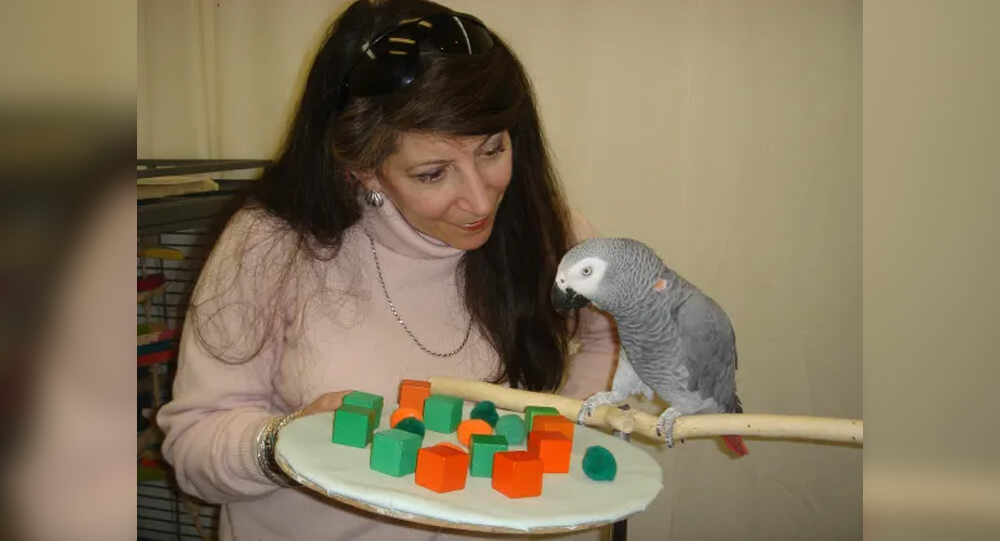
Alex, one of the most well-known African Grey parrots in history, opened up new possibilities for bird intelligence. He could recognize specific objects by their specific material and could vocally label over 100 different objects, actions, and colors. He was able to count object sets up to six in total, and was currently working on seven and eight.
In addition to being able to deduce the relationship between written numerals, object sets, and the vocalization of the number, Alex demonstrated math abilities that were thought to be advanced in animal intelligence. He also developed his own concept of what was considered “zero-like.” Alex understood the concept of phonemes, or the sounds that make up words, and was learning to read the sounds of different letters.
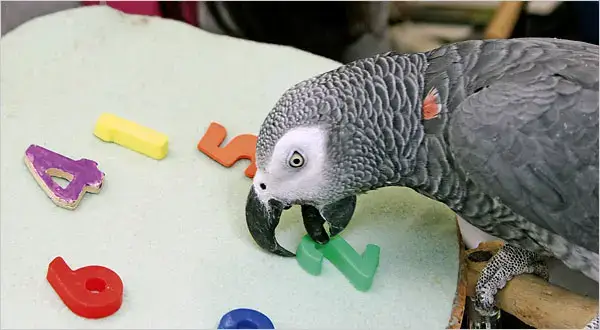
In his day-to-day activities, Alex’s personality was clearly visible. He enjoyed giving orders to “his” humans to carry out different tasks for him because he felt “in charge” of his home. In addition, he served as a cheerleader and coach for Wart and Griffin, giving them advice and criticism in equal measure while they were learning. Corks, key chains, and cardboard boxes were his favorite toys.
Alex came from modest beginnings, having been bought in June 1977 at the age of 12 or 13 months from a Chicago pet store. His achievements demonstrated that African Grey parrots are far more intelligent than previously believed, even before he spent decades working with Dr. Pepperberg. Sadly, Alex died on September 6, 2007, at the age of 31, from an arteriosclerosis-related sudden, unplanned catastrophic event. (hardening of the arteries).
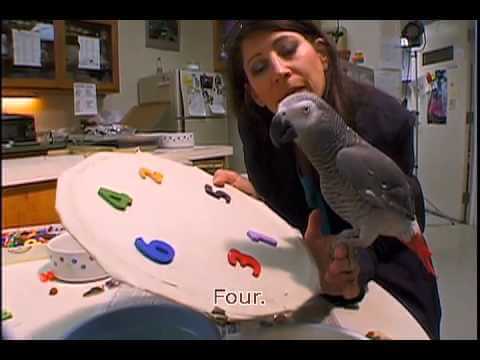
Either a fatal arrhythmia, a stroke, or a heart attack caused his abrupt and painless death. It was impossible to see how he would end. Earlier that week, the results of all the tests that were part of a recent physical examination had come back normal, including his cholesterol and asper levels. His age or current diet were unrelated to his death; our veterinarian reported that she had observed comparable occurrences in young birds (less than 10 years old) who were also fed a healthy diet. Most likely, genetics or a similar type of low-level inflammatory disease linked to human heart disease—which is currently impossible to detect in birds—was to blame.

Megamouth Shark And Her Babies Found Dead In The Philippines
Filipino zoologists have recorded a pregnant megamouth shark for the first time ever since the rare aquatic specie was discovered in 1974.

9 Reasons Crows Are Smarter Than You Think
Crows have the intelligence of a 7-year-old human, making them one of the smartest non-primate animals on the planet. They use tools, have a long-term memory that includes facial recognition, and comprehend analogy.

Jack the Baboon operated a railroad, earned a living, and never made a mistake
A baboon worked as a signalman for the railroad in the late 1800s. He never made a mistake and worked for the railroad until the day he died.

The Evolution of Flight: From Dinosaurs to Birds – A Journey Through Time and Science
Flight is one of nature’s most remarkable adaptations, but its origins trace back millions of years before modern birds took to the skies. Emerging from theropod dinosaurs during the Jurassic period, birds evolved feathers, wings, and lightweight bodies that enabled powered flight. This detailed narrative explores the fascinating evolutionary path from ground-dwelling dinosaurs to the aerial masters of today, blending science, intriguing fossil finds, and surprising trivia about our feathered ancestors.

Blind dog guides by goose, Story of Boxer and Buttons’ friendship
When Baks the blind dog was left blinded after an accident, his friend Buttons became his seeing-eye-goose by hanging on to him with her neck and honking to direct him.

The viral stray dog walked up to a pharmacy in Istanbul and showed an injured paw
Back in 2019, a stray dog walked up to a pharmacy in Istanbul and showed an injured paw to the pharmacist who then treated the wound and gave the dog food and water. The incident was caught on video, which went viral instantly.

Pierre Brassau: The chimpanzee painter who deceived the avant-garde world
Abstract paintings by a previously unknown artist “Pierre Brassau” were exhibited at a gallery in Sweden, earning praise for his “powerful brushstrokes” and the “delicacy of a ballet dancer”. None knew that Pierre Brassau was actually a 4 year old chimp from the local zoo.

Kipekee, the world's only spotless giraffe, was born at Brights Zoo
The world's only spotless giraffe was born at a zoo in the United States. The giraffe born without spots on July 31 is the only one of her kind on Earth.

The story of The chicken that lived for 18 months without a head
Mike the Headless Chicken was a rooster whose head was accidentally chopped off but miraculously survived. This is due to most of the brain stem being left intact. He was fed using a special tube that delivered food directly into his esophagus. Despite his lack of a head, he lived for 18 months, gaining worldwide fame before ultimately choking on a kernel of corn during one of his tours, in a Motel in Fruita, Colorado.

Titanoboa cerrejonensis, fossils of the world’s largest species of snake
In 2009 in a coal mine of Columbia, scientists discovered fossils of the world’s largest species of snake. The species is called “Titanoboa cerrejonensis,“and it is from around 60 million years ago. It would have had measured about 48 feet long and weighed about 2,500 pounds

Why Crows Hold Funerals for Their Dead
Crows are far more than noisy backyard birds; they engage in peculiar, ritualistic behaviors when one of their own dies. Known as “crow funerals,” these gatherings involve groups of crows circling, calling, and sometimes even interacting physically with the deceased in ways that stump scientists and captivate bird watchers. What drives this strange behavior? New research reveals it’s a complex mix of learning, social bonding, and survival instinct wrapped in an enigmatic ritual.

Chen Ami, The Bravery pigeon that saved 194 Soldier
During World War 1, a carrier Pigeon name Cher Ami was shot, blinded and had her leg blown off. She is still able to deliver the message and saved lives 194 soldiers.

The story of a man who spent 72 hours with 72 venomous snakes to prove they only bite when provoked
In the 1980s, an Indian man spent 72 hours in a glass cabin with 72 snakes, some of which were extremely venomous. His aim was to prove that snakes only attack when provoked. Remarkably, he was not bitten once in those 72 hours and even set a Guinness World Record in the process.

Bear, Tiger, And Lion Became Friends For Life
In 2001, a Bear, Tiger, And Lion cub where found abandoned in a drug dealer's basement. They were soon adopted by a sanctuary and lived together ever since.

Andy Goose - The Goose With No Feet but wears Nike shoes
Andy was a goose who was born without feet. However, his owner came up with a solution to help him stand and move around by outfitting him with Nike sneakers. This gave Andy the ability to move around like any other goose, but it also made him a source of inspiration for disabled children. Sadly, he was mysteriously murdered in 1991.

The Incredible Story of Sergeant Stubby, the Dog Who Became a War Hero
Sergeant Stubby was not just an ordinary dog—he was an extraordinary war hero who served alongside American troops during World War I. From catching a German soldier by his pants to alerting soldiers of mustard gas attacks and locating wounded comrades, Stubby’s bravery saved countless lives in the trenches. This article chronicles the inspiring journey of the stray dog who became the most decorated animal of the Great War and remains a beloved symbol of courage and loyalty.

13-year-old dog missing for two months found alive in a cave.
On Aug 6, 2022, A group of Missouri cave explorers accidentally found and helped rescue a senior dog that had been missing for two months. It is unclear how long the dog was in the cave or how it managed to survive.

How Migratory Birds Navigate Thousands of Miles Without Getting Lost
Migratory birds undertake epic journeys spanning thousands of miles with astonishing precision, never losing their way. Their secret lies in a remarkable blend of innate senses, learned experience, and sophisticated navigation tools—ranging from the Earth's magnetic field to celestial clues and mental maps. Explore how these feathered travelers accomplish one of nature's most astounding feats through science, intuition, and adaptation.

A Super Cat With Excessively Large Muscles Goes Viral Due To A Rare Condition
The cat suffers from Myostatin-related muscular hypertrophy, which leads it to grow muscle mass while not desiring to.

9-Year-Old Hero from Yemen Rescues Fox from a 3-4 Floor Deep Well—No Ropes, Just Bravery
In an inspiring act of courage, a 9-year-old boy from Yemen rescued a trapped fox from a deep well—three to four floors underground—without any climbing equipment. Discover the full story of how quick thinking, determination, and sheer bravery saved an innocent life against all odds.

10 Rarest and Albino animals you haven’t seen
For centuries, people have been fascinated and enchanted by the ghostly appearances of abnormally white animals. People have loved albinos and other unusually white animals so much that they may be helping to increase their numbers, despite the difficulties these animals face in the wild. While these unusual animals did not win the genetic lottery, they have persevered in the face of adversity.

How Switzerland ended rabies epidemic by air-dropped vaccinated chicken heads
A rabies epidemic struck foxes in Switzerland in the 1960s. The government wanted to vaccinate foxes against rabies, but manual vaccination was difficult and expensive. Instead, they began dropping vaccinated chicken heads across the countryside for the foxes to consume, and the rabies vanished.

The 440-pound bear named Wojtek and his World War II battle against the Nazis
Polish troops raised an orphaned bear cub during WWII. He enjoyed drinking beer, and was trained to salute. He became officially enlisted as a member of the forces, and helped carry artillery during battle.

The unique friendship of a bear and a dog
A female grey wolf and a male brown bear's remarkable "friendship" was captured by Finnish photographer Lassi Rautiainen over the course of ten days in 2013. Together, they traveled everywhere while hunting and splitting their catch.

Earthquakes: Can Animals Really Predict Them?
In 1975, when officials in the Chinese city of Haicheng were alarmed by odd and anxious behaviors of dogs and other animals. These observations led them to order 90,000 residents to evacuate the city. Only a few hours later a 7.3 magnitude earthquake destroyed nearly 90% of the city’s buildings.

